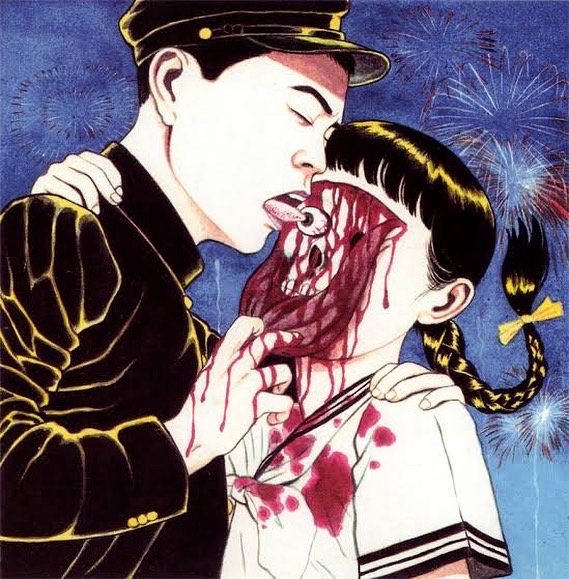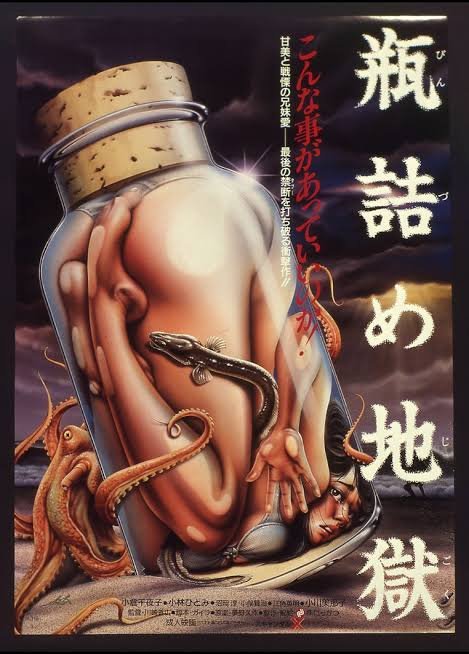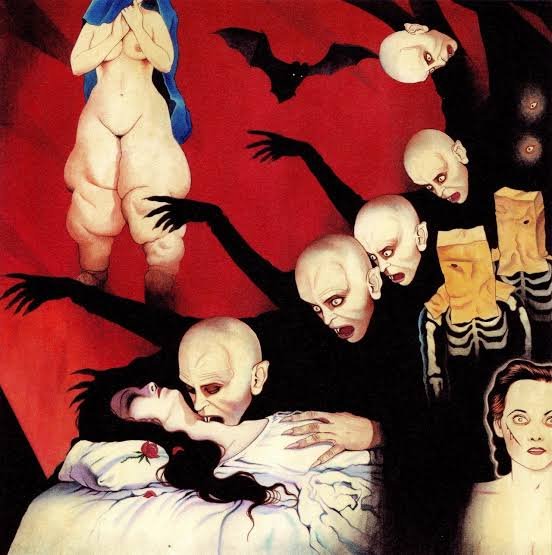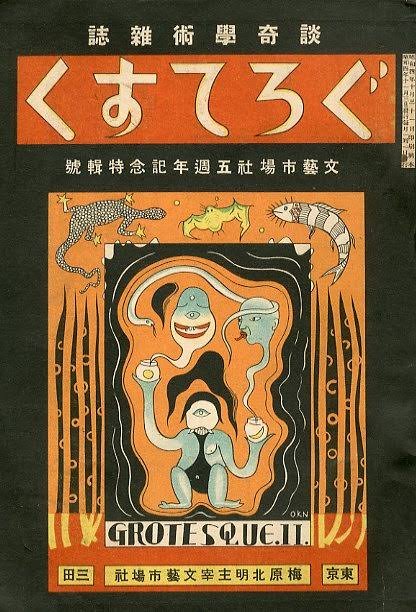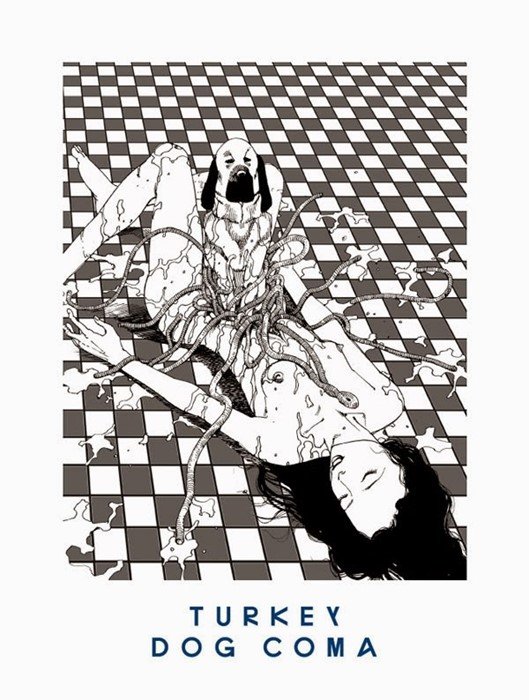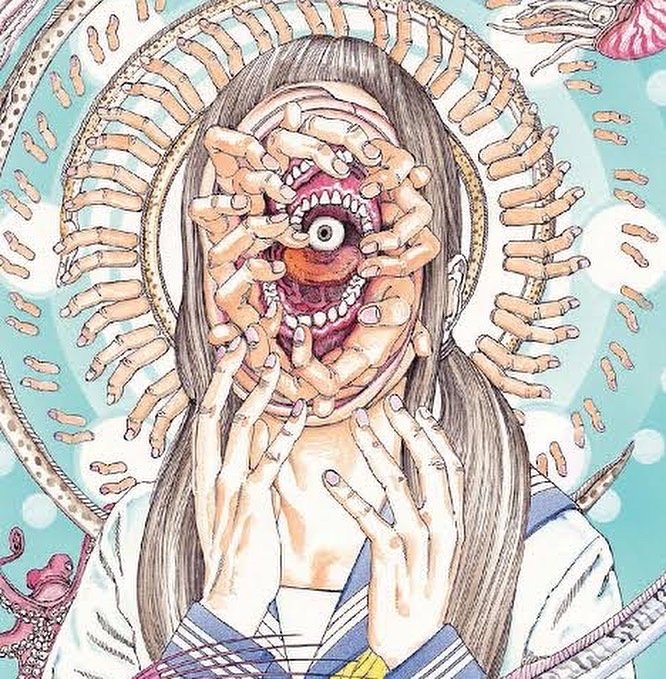ERO-GURO NANSENSU
Ero-guro nansensu was a movement that began in the 1930s and reached into all aspects of Japanese media, culture and art. The name itself is a Japanese adaptation of the words Erotic, Grotesque Nonsense. Often dealing with themes of mutilation, sexual perversion, monstrosity and other taboo topics - the movement was born as a reaction to the feelings of alienation and anxiety that pervaded Showa society as it experienced rapid modernization and increasing immigration.
While there is examples of ero-guro woodblocks as far back as the mid 1800s (“The Dream of the Fisherman’s Wife”), the movement is largely considered to have started its boom through the detective novels of Edogawa Ranpo. He began skirting around topics of “abnormal sexuality” in his earlier works and as they gained popularity, other authors followed suit and broached increasingly grotesque themes.
The original movement reached its peak in 1932 and then lost steam due to the oppressive censorship of the Japanese Imperial dictatorship during the war. Ranpo’s book “Imomushi” (The Caterpillar) - which explores the psychosexual nightmare of a limbless WW1 veteran who returns home to be tormented by his wife - was forcibly removed from shelves due to its anti military themes.
Despite their absurd nature, the works of early ero-guro authors were often highly progressive. The “Nonsense” of Ero-guro nansensu was largely a meaningless buzzword but often came to refer to the themes of political dissidence and socialist agendas that lay hidden within the pages. These works also offer some of the first examples of discussion of LGBT themes within mainstream media (although not always in a positive manner).
After Imperial censorship and further control under the Occupation, many of the original works have been lost. However, Japan has seen ero-guro return in waves, generally aligning with times of social or political upheaval. In more modern times, artists such as Junji Ito, Suehiro Maruo and Shintaro Kago have gained international recognition for their ero-guro artworks that explore incredibly shocking themes in order to comment on the inherent repression of society.
